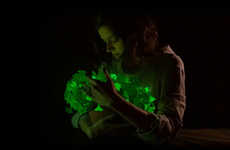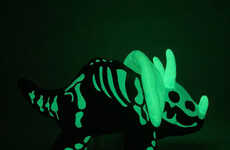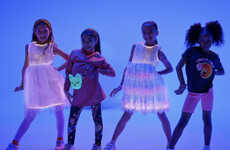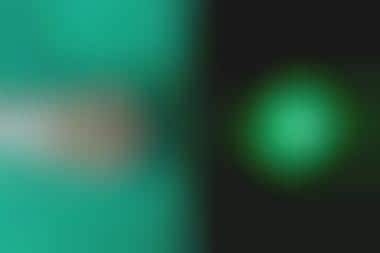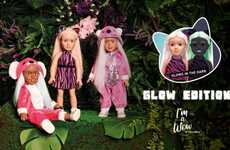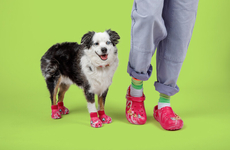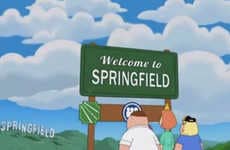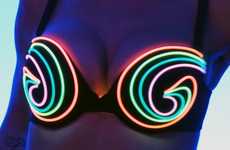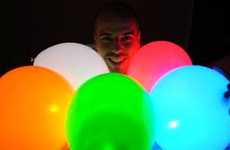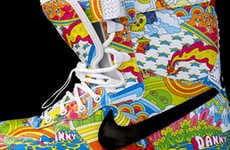
Tegon is the World's First Glow-in-the-Dark Dog
Omar Yusuf — August 4, 2011 — Tech
References: csmonitor & geekologie
Named Tegon by her owners at Seoul National University, this Beagle clone is officially the world's first glow-in-the-dark animal after almost two years of testing and research.
Almost $3.2 billion was spent to perfect the method used to render Tegon into a moving, barking light source with a fascinating and altogether shocking result. By adding precise drugs to the beagle's meal, SNU researchers can not only turn Tegon's glow on and off, but can also change her color too. So what are the commercial applications of this technology and who would really want their dog to glow?
The aim of this now successful project was not to replace traditional pets with glowing, alien-like replacements, but instead SNU scientists hoped to perfect gene splicing (a cutting-edge new medical technique.) Indeed, the development of Tegon may well have propelled life-saving technologies several years into the future...and she's cute too!
Almost $3.2 billion was spent to perfect the method used to render Tegon into a moving, barking light source with a fascinating and altogether shocking result. By adding precise drugs to the beagle's meal, SNU researchers can not only turn Tegon's glow on and off, but can also change her color too. So what are the commercial applications of this technology and who would really want their dog to glow?
The aim of this now successful project was not to replace traditional pets with glowing, alien-like replacements, but instead SNU scientists hoped to perfect gene splicing (a cutting-edge new medical technique.) Indeed, the development of Tegon may well have propelled life-saving technologies several years into the future...and she's cute too!
Trend Themes
1. Glow-in-the-dark Animals - Disruptive innovation opportunity: Developing new applications and products for glowing animals, such as creating bioluminescent pets or using them for scientific research.
2. Gene Splicing - Disruptive innovation opportunity: Advancing gene splicing techniques for medical purposes, potentially leading to breakthroughs in treating genetic diseases.
3. Biofluorescence - Disruptive innovation opportunity: Exploring the use of biofluorescence for various industries, such as entertainment, advertising, and environmental monitoring.
Industry Implications
1. Biotechnology - Disruptive innovation opportunity: Utilizing gene-editing technologies to create novel and genetically modified organisms for various applications.
2. Pet Care - Disruptive innovation opportunity: Developing novel pet products and services based on genetically modified or glowing animals, catering to the demand for unique and innovative pets.
3. Entertainment - Disruptive innovation opportunity: Incorporating biofluorescent animals and their unique traits into shows, exhibitions, and immersive experiences to captivate audiences.
3.5
Score
Popularity
Activity
Freshness

